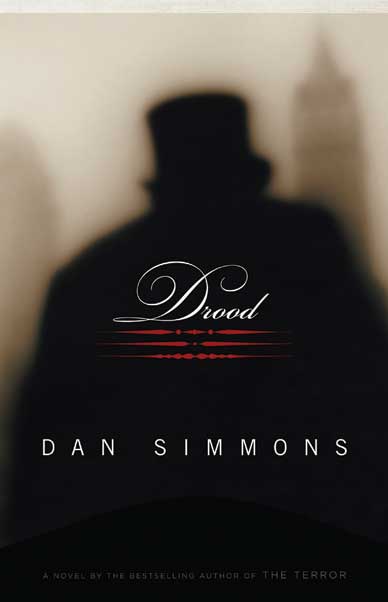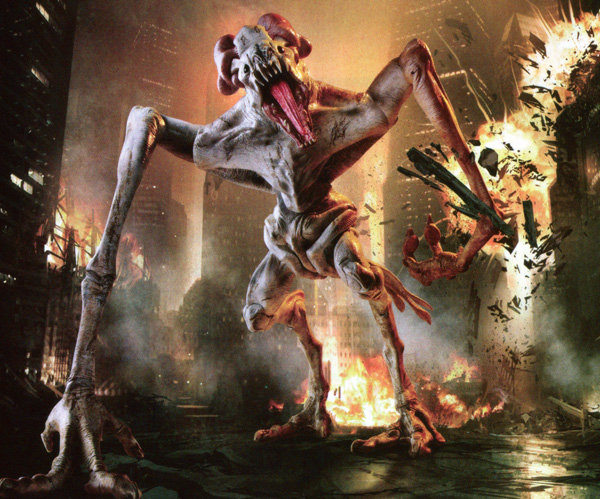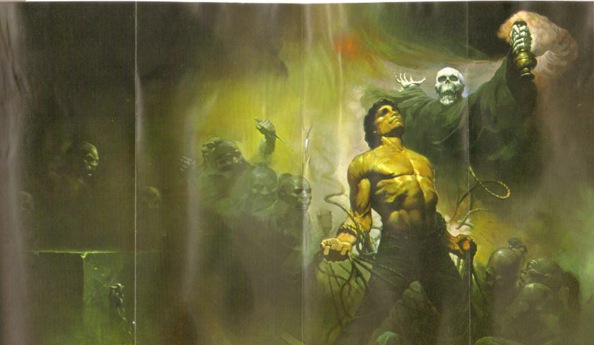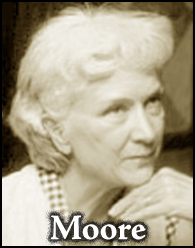Part One: Hypersensitive, Not Hyperborean
Part Three: Autochthonic Masses Howling and Wet-Mouthed
If you decide to write a Conan pastiche, chances are you are going to wind up having the mighty Cimmerian swear “By Crom!” a few more times than Howard did per story. You will probably increase the quotient of “skull-cleaving” blows, etc. Since the smaller details of the warp and woof of Howard’s style work so well hypnotizing you as you read, you cannot quite identify or explain them, and thus you cannot quite take aim at them to imitate them in your pastiche. To compensate, you lean more heavily on the most obvious stylistic trademarks and hope the reader will think it sounds like the real thing. This is of course the reason, also, for the way many fan Mythos pastiches turn out. As immature writers, their authors cannot account for what it is in Lovecraft’s stories that grabs them so. So they go overboard, with the most blatantly obvious feature, the Mythos names and monsters. The pitiful result only makes it all the more obvious that this was never really the secret at all.
— Robert M. Price, “Xothic Romance” (introduction to The Xothic Legend: The Complete Mythos Fiction of Lin Carter)
Think back to the fall of 1944, weeks before the Third Reich’s last great offensive got rolling in the Ardennes. That’s when Fritz Leiber, writing in the pages of The Acolyte, called for “a detailed study of the growth of [Lovecraft’s] Mythology and the background, and also an appraisal of the extent to which it helped or hampered Lovecraft’s writing.” From that perspective The Rise and Fall of the Cthulhu Mythos has been a long time coming, but earns the admiration of weird fiction enthusiasts by succeeding as an introduction to, and also an interrogation of, both the original Lovecraft Mythos (to adopt the Joshi-endorsed term) and what he memorably terms “that heroic task of literary misconstrual,” the Derleth Mythos.
Way back in The Weird Tale, Joshi complained that “the bulk of recent critical work (not merely in this field but in most others) seems so cheerless, mechanical, and obfuscatory that the reader is likely to be repelled rather than attracted to the subjects of study.” Not so the readers of this book, lucky recipients of a text that is elegantly written (although a reference to the “United States’ secession from England” is a brow-furrower), eloquently argued, and commendably inclusive. In a February 17, 2009 review of Kenneth Hite’s lively Tour De Lovecraft at his blog, John D. Rateliff identifies that book’s drawback as an assumption that readers are “thoroughly conversant with every tale Lovecraft ever wrote; if you can’t instantly recall, say, ‘The Tree’ or ‘He’ in great detail, then you’ll be a bit lost.” That’s not true of Rise and Fall (Rateliff, incidentally, provides a link to his own persuasive case for The Dream-Quest of Unknown Kadath, but also steps in albino penguin droppings by deeming At the Mountains of Madness “a tedious bore that would have been better at a quarter of its bloated length.” The preference for Dream-Quest is to be expected from a fantasy-esteemer, but “tedious bore”? Is it possible that Farnsworth Wright has pulled a Joseph Curwen on Rateliff?
(Continue reading this post)
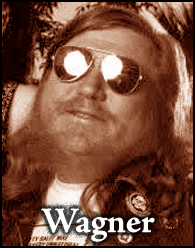

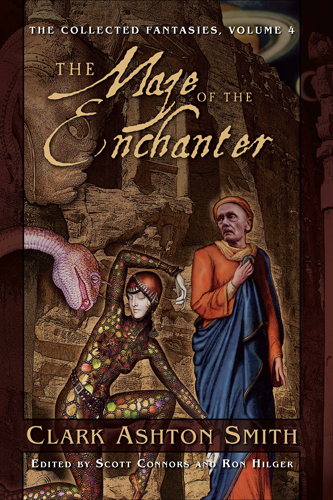
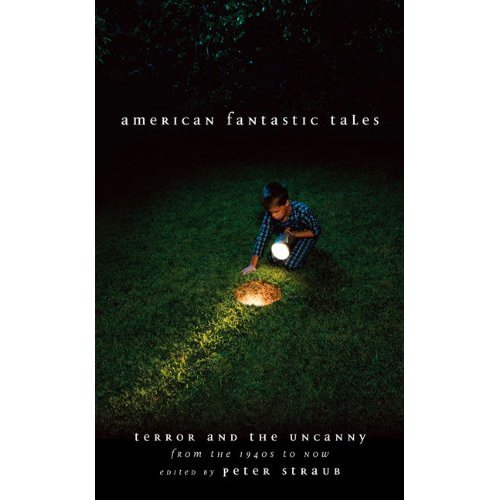
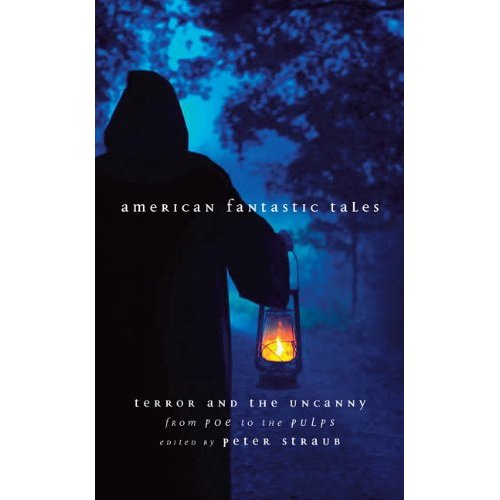
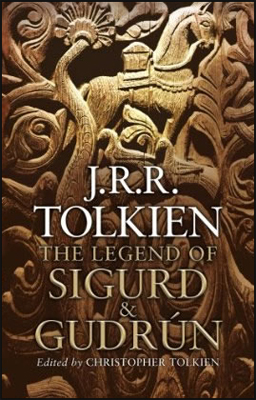 We live in halcyon days, my friends. Sure, there’s a global “economic downturn” grinding all and sundry ‘neath its leaden wheels and there is a possible influenza pandemic looming (or “lowering,” as REH might say), but we aficionados of the works of Robert E. Howard and John Ronald Reuel Tolkien have much to celebrate in the many coming months, gloom n’ doom notwithstanding.
We live in halcyon days, my friends. Sure, there’s a global “economic downturn” grinding all and sundry ‘neath its leaden wheels and there is a possible influenza pandemic looming (or “lowering,” as REH might say), but we aficionados of the works of Robert E. Howard and John Ronald Reuel Tolkien have much to celebrate in the many coming months, gloom n’ doom notwithstanding.